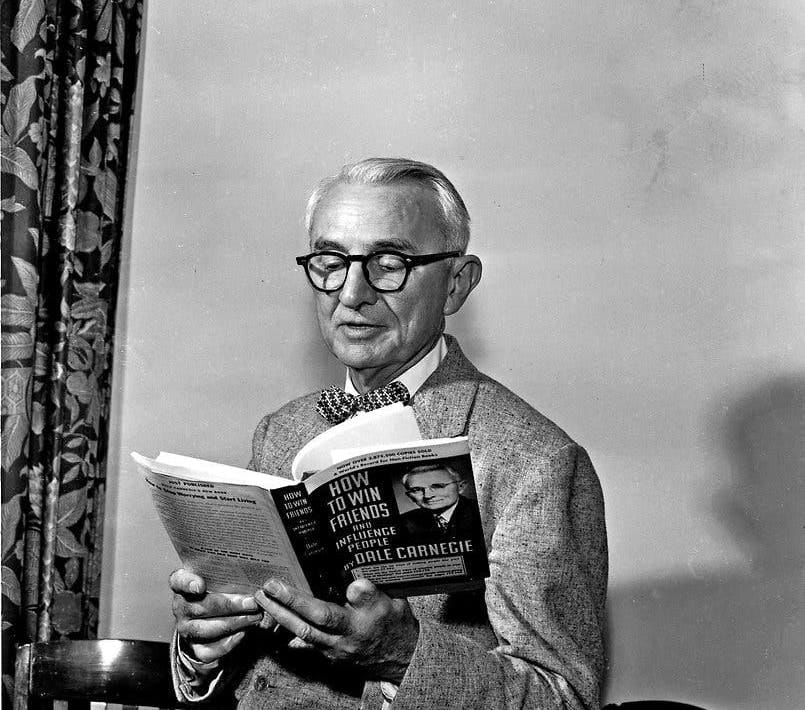InView Magazine: Issue 8 out now!

Corporations are strange beasts. They are well oiled machines that churn along with the power of thousands of individual cogs, all working in their individual role to support the organization as whole. Put a corporation in the position of a merger or acquisition and all those individual cogs have to recalibrate to support a new machine.
The technical side of mergers and acquisitions is certainly complicated, think legal legwork, financial arrangements, business system integration and repositioning organizational structure. But bringing people onboard to support and facilitate a smooth transition can make or break a merger or acquisition. Many CEOs and senior executives worry about the human side of change as they know that a company will only reap the rewards of change if it occurs from the bottom up.
With people comes politics, and getting everyone on the same boat is never an easy task. Why? An individual has to re-learn processes and how to perform their job to a new standard and this is no small impact. Successful leaders understand this, and you may find they have a certain title on their bookshelf, such as Dale Carnegie’s How To Win Friends and Influence People. Carnegie’s book explores the ways in which to best garner the loyalty of others, through explaining techniques, understanding how they think, how to make people like you and how to effectively give criticism. His book is in essence a handbook for change management; an approach to deal with the people-side of organizational change.
Change management is often broken down into a three step process; preparing for change, managing change and reinforcing change. It addresses changes to individual process and performance, retaining and evolving company values and culture, creating a cohesive team environment and leading for success.
Legal departments are ready for change. They are aware that they need to adopt new technologies and work processes in order to get on board with the rest of the organization and to remain agile in an increasingly volatile business world. Historically, legal departments have been rather un-receptive to change due to the change-adverse nature of the law. However, Corporate Counsel are ready to drive change within their department. The problem lies with the fact that legal professionals are not change professionals but of course, lawyers.
Bearing this in mind, there are steps legal can take to integrate change management to the best of their ability. Firstly is the most obvious, simply make sure the big dogs are on board, General Counsel need to have a vested interest and commitment to leading change within the legal department. This may involve negotiating and convincing other senior legal leaders to get on board with change or simply leading through demonstration and providing a pathway for the legal department to follow.
Once the leadership team is on the same page, General Counsel need to guide their team in adopting the ‘soft-skills’ required to instigate change – soft-skills being the people side of change. Communication may seem obvious, but it’s importance must not be underestimated. Promoting a discourse within the legal arm about change will highlight where individuals need help with adoption of new processes and technologies and where support is needed. For instance, junior lawyers may be adjusting to new cultural and business objectives that a merger creates, whilst senior counsel may be struggling with adopting new technologies.
Creating and distributing ownership in the change management process is essential for the legal department as it brings the team on board for the journey. By providing people of all levels with direct tasks and responsibilities to implement change management, a positive opportunity is created for these individuals to rise to the challenge, create solutions and demonstrate their ability.
Next is understanding and playing to the culture of the in house legal team. Stereotypes aside, lawyers are generally more Type A personalities who respond well to clear plans, tasks and structure. For a General Counsel to garner the full support of their legal department in a time of change, they need to recognize how their team best operates and the behaviours and personalities within their team – structuring and delegating change management tasks accordingly.
Lastly, General Counsel must look externally as change management in the legal department most frequently occurs regarding new technology adoption to bring the department up to speed with the rest of the business. In this instance it is crucial that General Counsel market themselves to their wider organization, to create an awareness of the value the legal team provides and why they are undertaking change management, particularly if undergoing change management is creating noticeable pains for the wider business. Ultimately General Counsel should remember, as Carnegie surmises so succinctly in his title, that the ultimate key to change management is winning the loyalty of and influencing others.